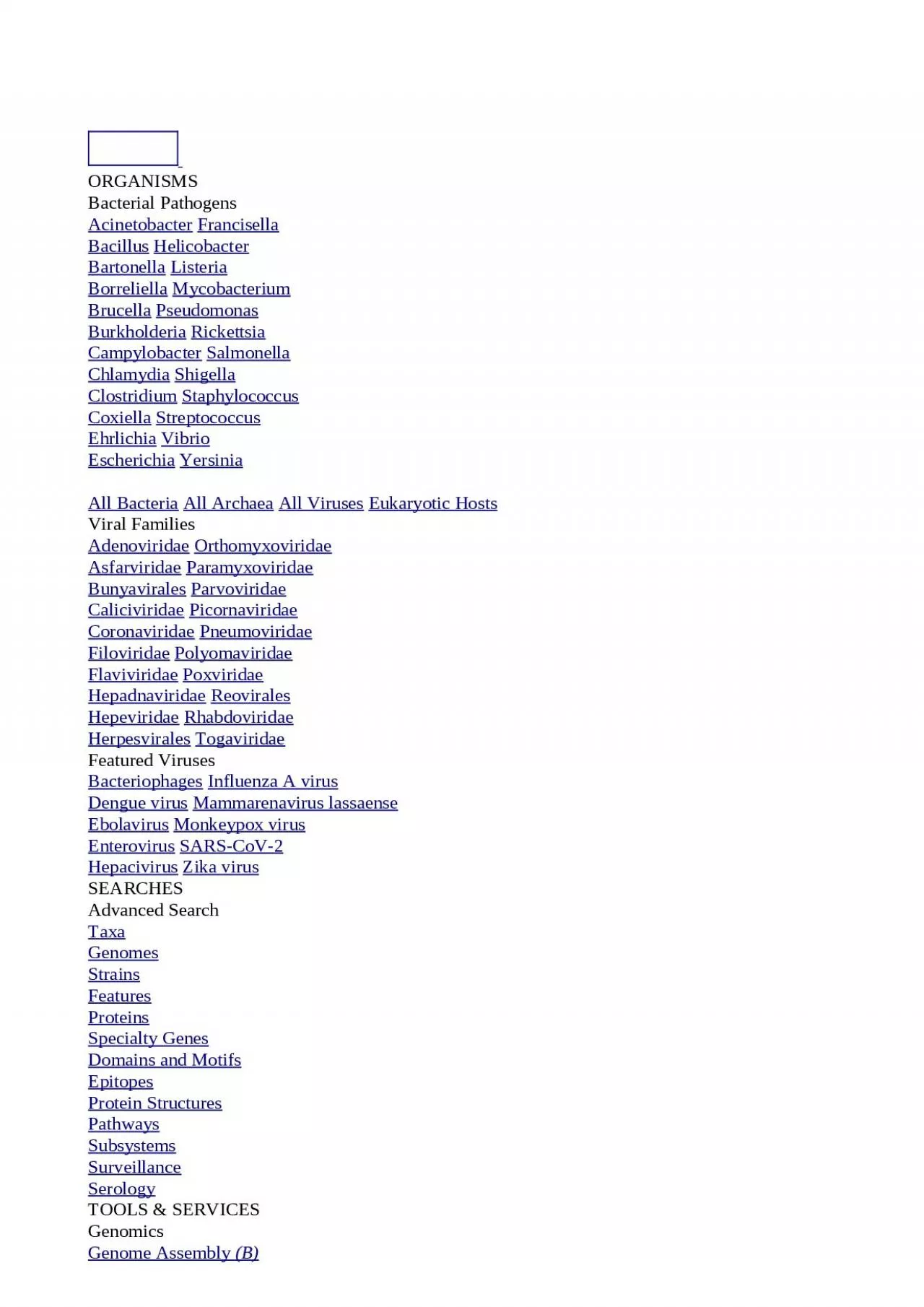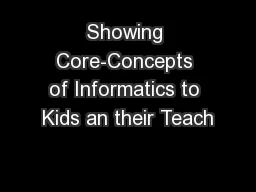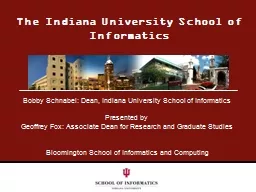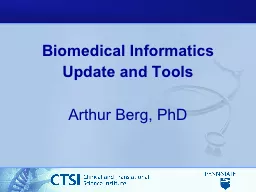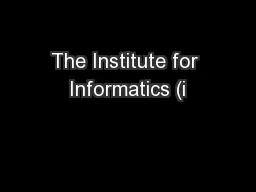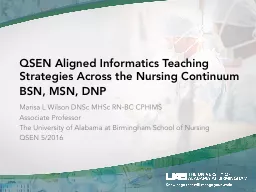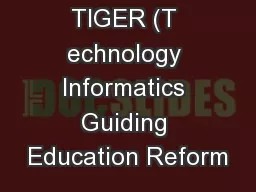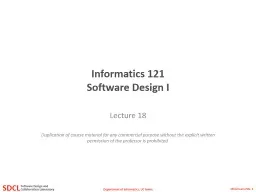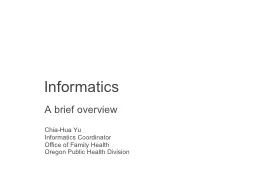PPT-The Informatics Crystal Ball:
Author : BlessedBeyondMeasure | Published Date : 2022-08-03
Mining the Past to Predict the Species Jump Event 19 April 2011 Richard H Scheuermann PhD Department of Pathology UT Southwestern Medical Center Flu pandemics
Presentation Embed Code
Download Presentation
Download Presentation The PPT/PDF document "The Informatics Crystal Ball:" is the property of its rightful owner. Permission is granted to download and print the materials on this website for personal, non-commercial use only, and to display it on your personal computer provided you do not modify the materials and that you retain all copyright notices contained in the materials. By downloading content from our website, you accept the terms of this agreement.
The Informatics Crystal Ball:: Transcript
Download Rules Of Document
"The Informatics Crystal Ball:"The content belongs to its owner. You may download and print it for personal use, without modification, and keep all copyright notices. By downloading, you agree to these terms.
Related Documents

